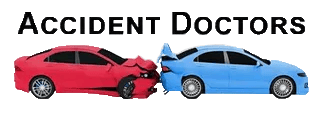A Complete Guide on How To Prove Fault In Car Accident Claims
Dealing with a car accident can be stressful, especially when trying to prove fault.
In many cases, understanding how to prove fault in car accident claims is crucial for getting the compensation you deserve.
This guide will walk you through defining fault, essential actions to take after an accident, and effective strategies for establishing fault.
Please note: We are accident doctors who charge you $0 out of pocket for the best after car accident medical care.
You should come in and get treated by us first, and then let us refer you to the best auto accident attorneys in Phoenix or Mesa.
Key Takeaways
Evidence Collection
- Document accident scene immediately with photos and videos.
- Gather witness statements and contact information.
- Obtain police reports and accident records.
- Keep all medical records and treatment documentation.
- Preserve physical evidence when possible.
Types of Proof
Physical Evidence:
- Vehicle damage photographs.
- Skid marks and road conditions.
- Traffic camera footage.
- Weather conditions.
- Vehicle positions.
Documentation:
- Police reports.
- Medical records.
- Insurance communications.
- Witness statements.
- Expert testimonies.
Legal Requirements
- Burden of proof lies with the injured party.
- Must prove other party’s negligence.
- Need to establish direct link between accident and injuries.
- Time limits apply for evidence collection.
- Arizona follows comparative negligence rules.
Evidence Collection
- Accident reconstruction specialists.
- Medical experts for injury documentation.
- Professional investigators.
- Traffic safety experts.
- Economic loss analysts.
Important Steps
- Report accident immediately.
- Seek medical attention promptly.
- Document everything thoroughly.
- Avoid discussing fault at scene.
- Contact legal representation early.
Defining Fault in Car Accidents
Determining fault in car accidents is crucial for resolving insurance claims. It influences who pays for damages and medical bills.
In order to determine fault, insurance companies often rely on evidence such as police reports, witness statements, and photos of the accident scene.
Additionally, they may also consider factors such as traffic laws and regulations. Another useful tool in determining fault is the car accident symptom checklist, which can help to assess the severity of injuries and the impact of the accident on those involved. This checklist can provide valuable insight into the extent of damages and medical treatment required, further influencing how fault is assigned in the accident.
At-Fault vs. No-Fault States

When dealing with car accident claims, understanding the distinction between at-fault and no-fault states is crucial.
It can also impact how claims are handled and who is responsible for covering damages.
In no-fault states, each driver’s insurance company pays for their respective policyholder’s medical expenses and lost income, regardless of who was at fault for the accident.
On the other hand, in at-fault states, the party responsible for causing the accident is liable for the other party’s damages.
Understanding the statute of limitations in Phoenix is crucial for filing car accident claims as it determines the deadline for taking legal action after an accident.
| Aspect | At-Fault States | No-Fault States |
|---|---|---|
| Definition | The driver at fault for the accident is responsible for damages. | Each driver’s insurance pays for their own damages, regardless of fault. |
| Liability | Proving fault is essential for damage claims. | Liability is less crucial for basic claims. |
| Insurance Claims | You may claim against the at-fault driver’s insurance. | You generally claim against your own insurance. |
| Lawsuits | Lawsuits are common to resolve disputes. | Lawsuits are limited except for severe injuries. |
| Examples | Texas, California | Florida, New York |
Understanding these differences helps you navigate the claims process effectively.
In at-fault states, proving responsibility is critical for compensation. In no-fault states, the process is streamlined but may limit your ability to sue.
Why Proving Fault Matters
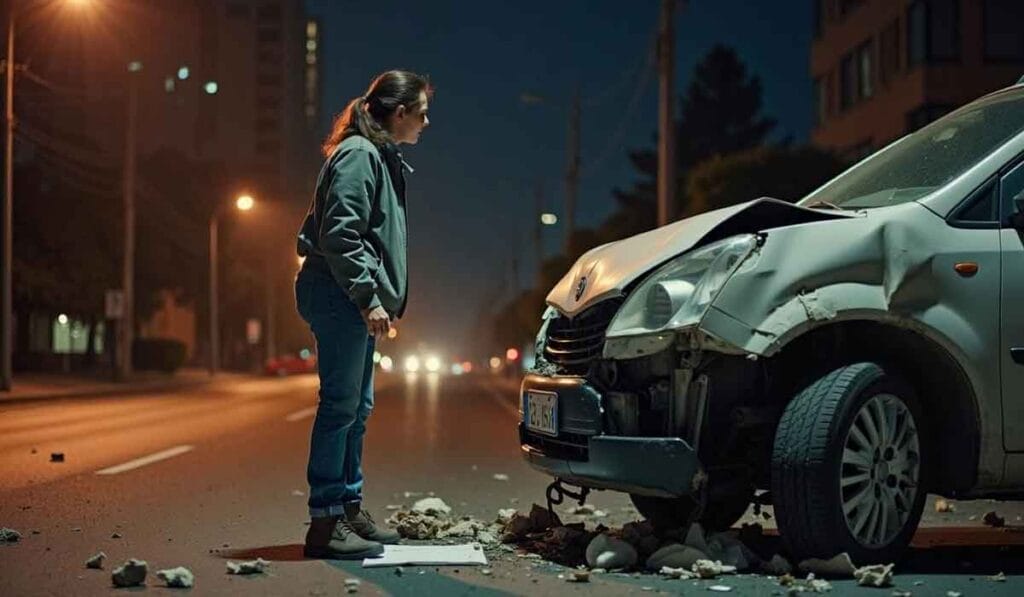
If you prove fault, you may get paid for repairs, medical bills, and other losses.
Establishing fault can impact your personal injury lawsuit significantly. In at-fault states, the driver found responsible pays for the damages.
Proving that another driver violated traffic laws or drove recklessly strengthens your case.
This process can reduce out-of-pocket costs and help recover lost wages due to the auto accident.
Essential Actions Following a Car Accident

Act quickly to secure evidence after a car accident. Collect details, take photos, and make videos at the scene.
Secure Evidence at the Scene
Secure all possible evidence immediately after the car crash. Take detailed photos and videos of vehicle damage, traffic signals, skid marks, and any visible injuries.
Make sure to capture wide shots of the scene to show positions of cars and surroundings clearly.
Talk to witnesses at once. Get their contact information for future statements.
Collecting unbiased witness accounts can support your case strongly when dealing with insurance adjusters or in court.
The more evidence you have, the stronger your case will be. – Personal Injury Attorney
Exchange Details with Other Drivers
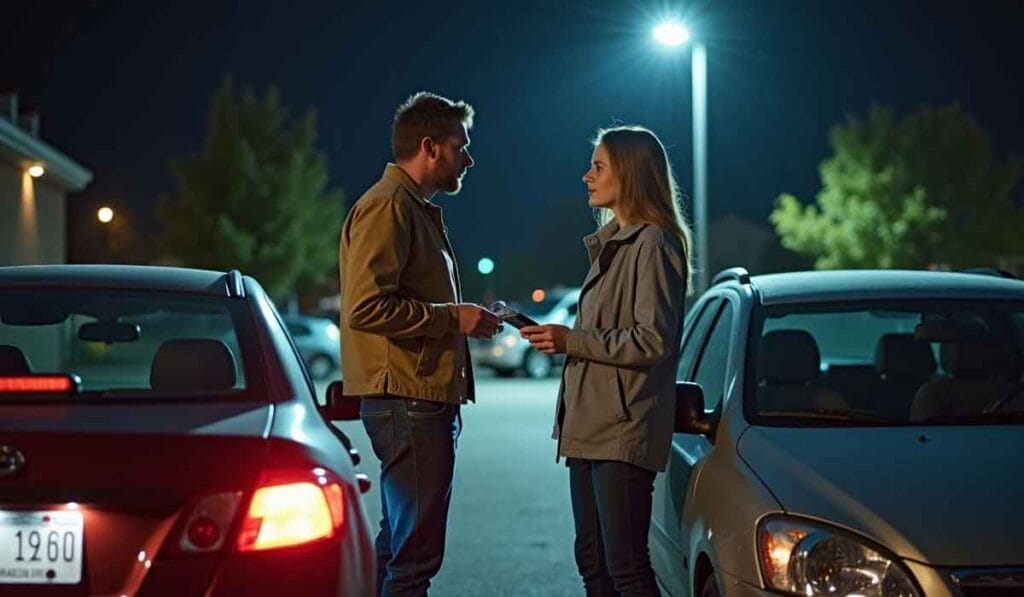
Ask the other driver for their name, phone number, and insurance details. Provide your own information in return. This includes your full name, contact information, and auto insurance policy number.
Keep emotions in check while exchanging details to avoid conflict. Documenting each driver’s license plate number can be helpful too. After collecting this data, proceed with taking photos and videos of the scene.
Capture Photos and Videos of the Scene
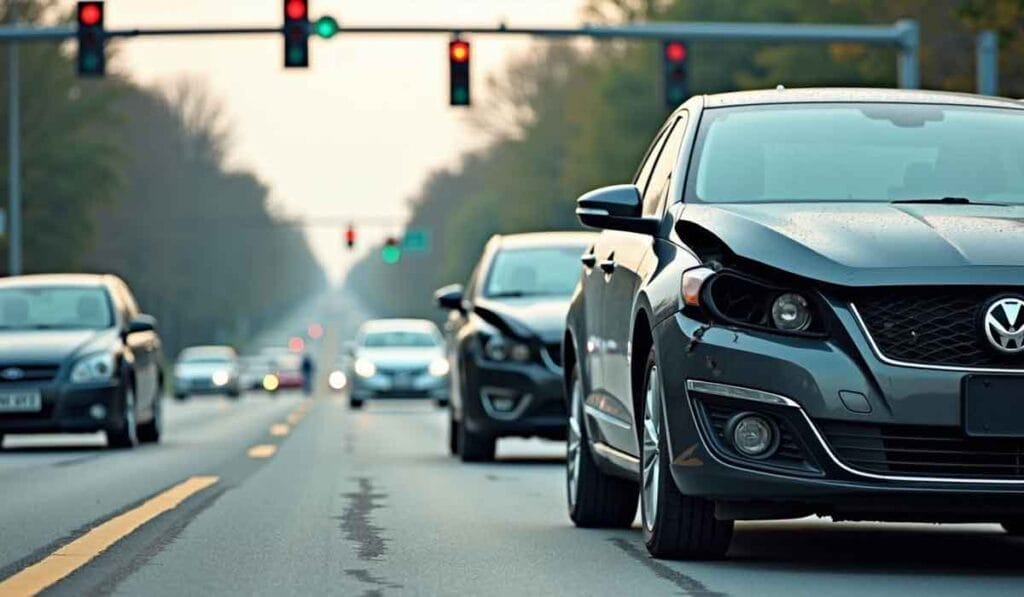
After exchanging details with the other drivers, focus on capturing photos and videos of the scene. Use your phone to take clear shots of all vehicles involved from different angles.
Capture close-ups of any damages or scratches. This will help in showing fault clearly later.
Record the overall scene too, including traffic lights, road signs, and skid marks on the road. Videos can illustrate how events unfolded during the accident better than photos alone.
Make sure to include any visible injuries as well; they can support personal injury claims you make later.
Legal Aspects of Fault Determination
Traffic laws play a significant role in determining fault. Police reports often serve as crucial evidence in these cases.
Influence of Traffic Laws on Fault
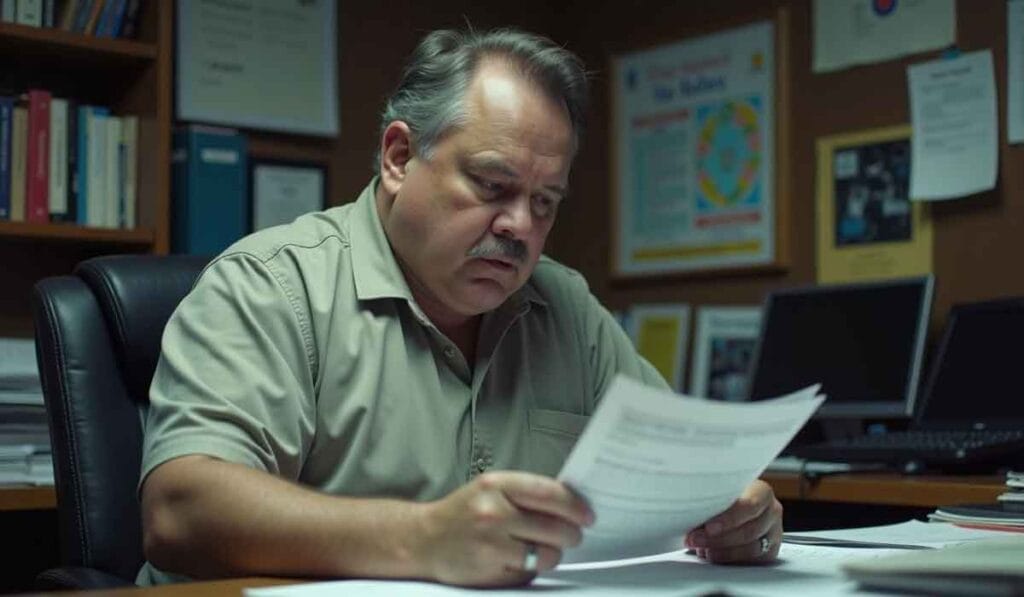
Traffic laws play a key role in determining fault in car accidents. These rules dictate how drivers should act on the road, setting clear guidelines for behavior like speed limits and right of way.
Violating these traffic rules often points to fault. For example, running a red light at an intersection typically indicates fault for any resulting collision.
Police reports often cite specific traffic law violations when documenting accidents.
Insurers use this information as evidence of liability. A clear understanding of these laws can help you demonstrate another driver’s negligence more effectively.
Consequently, obeying traffic regulations both keeps you safe and protects against wrongful blame in vehicle accidents.
Importance of Police Reports in Fault Determination
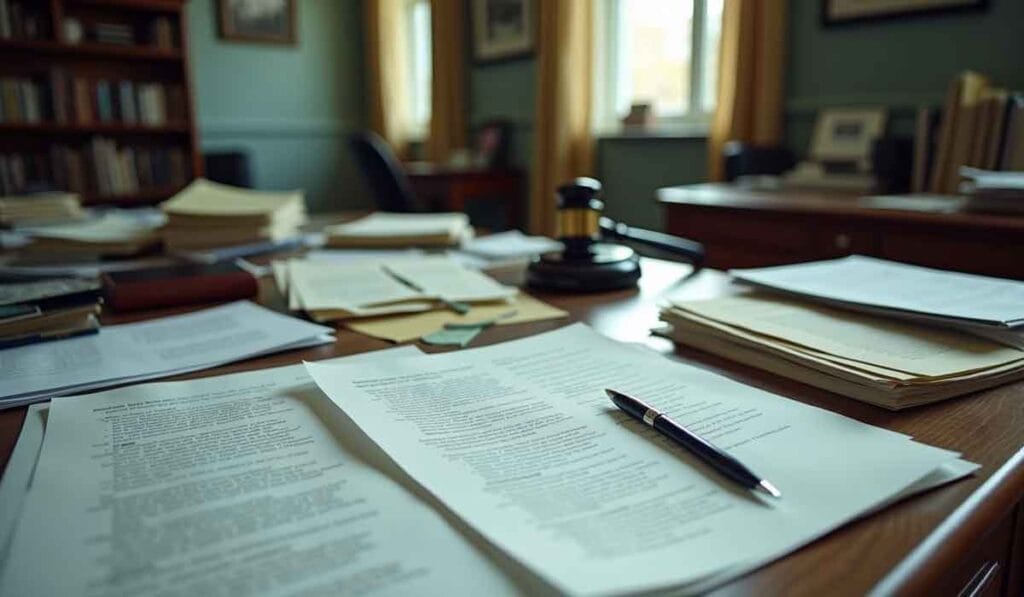
Understanding traffic laws plays a key role in fault determination, but police reports offer another vital perspective. Police reports include details about the accident scene, statements from drivers and witnesses, and officer observations.
This information helps insurance companies assess who is liable for the damages.
Police reports often highlight violations of traffic laws that led to the accident, such as speeding or running a red light.
They also may record any signs of driver impairment.
With this documented evidence, you can support your claim with an insurance company or personal injury lawsuit more effectively.
Effective Strategies to Establish Fault
Gathering statements from witnesses can strengthen your case significantly. Use medical reports to show the impact of the accident on your health and provide crucial evidence.
Collect Statements from Witnesses
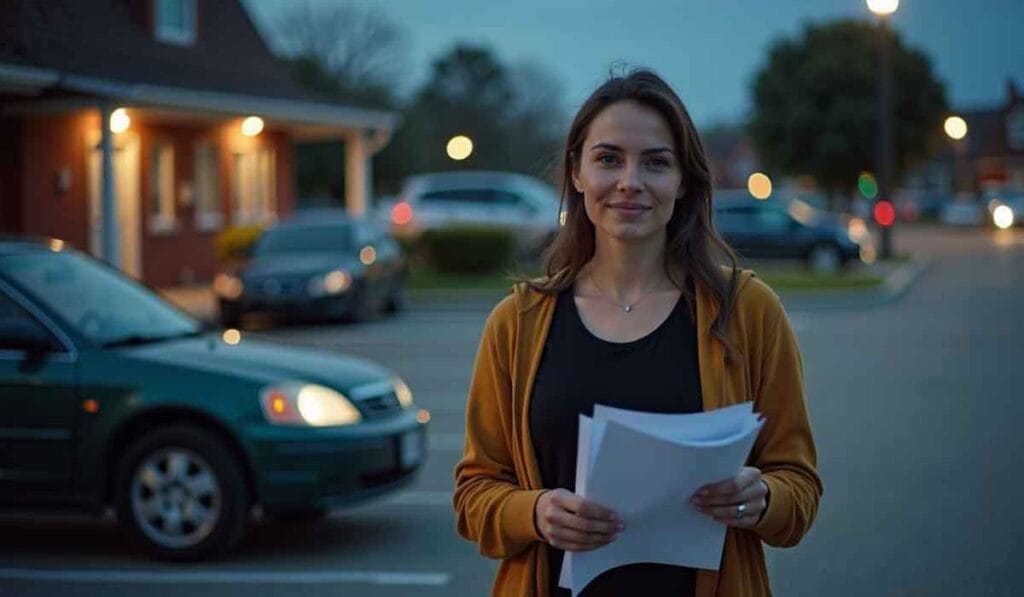
Collecting statements from witnesses helps your case. Eyewitness testimony can provide a clear account of the events leading to the accident.
Approach bystanders and ask them what they saw.
Ensure you gather their names, contact information, and detailed accounts.
Eyewitnesses can add credibility to your claim for car accident liability. Their perspectives might reveal details you missed during the confusion of the crash.
Lawyers often rely on these crucial statements in personal injury lawsuits to prove fault effectively.
Acquire Surveillance or Dashcam Videos
Acquire surveillance footage or dashcam videos from the scene of the accident. Cameras on nearby buildings might have recorded the incident.
Also, ask witnesses if they captured video with their phones.
Surveillance and dashcam videos offer clear evidence. These recordings can show who is at fault in a rear-end collision or an intersection accident.
This visual proof strengthens your car insurance claim and helps your attorney build a stronger case.
Utilize medical reports for evidence to further establish fault details after acquiring surveillance footage or dashcam videos.
Utilize Medical Reports for Evidence

Medical reports play a crucial role in proving fault. Obtain copies of emergency room records and doctors’ notes to show injuries sustained during the car accident. These records can link your health issues directly to the incident.
Insurance companies often scrutinize medical reports closely. Ensure that these documents detail your pain and suffering, economic losses, or other damages resulting from the accident.
This evidence strengthens your claim by showing the direct impact on your well-being.
Avoidable Mistakes in Fault Proving
Avoid admitting fault or neglecting to gather all necessary documents. Read more to understand common pitfalls and how to avoid them.
Avoid Admitting Fault Immediately
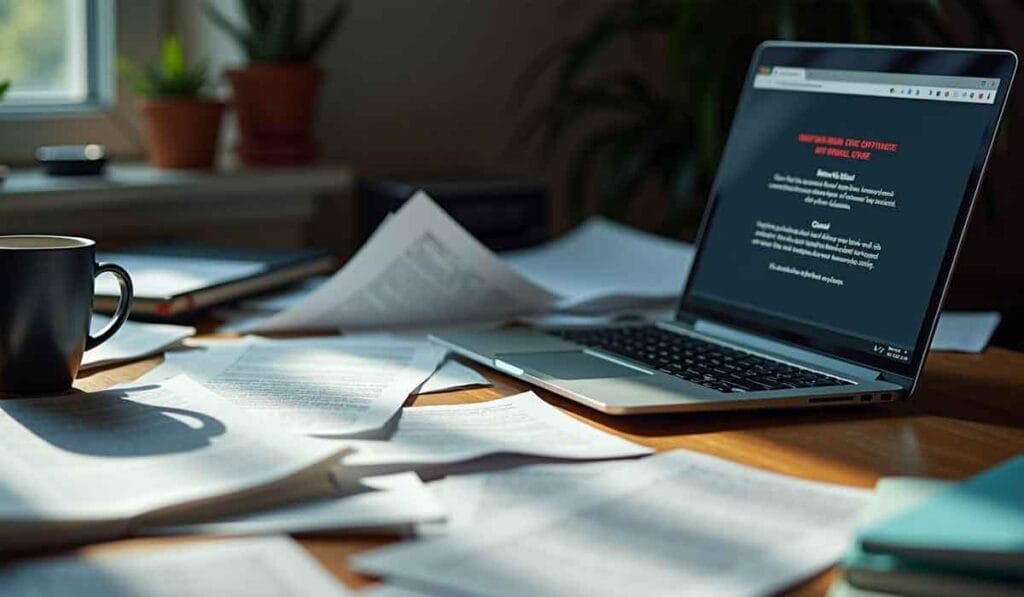
Never admit fault at the accident scene. Quick admissions can weaken your case later on. Instead, gather evidence such as photos, videos, and witness statements to support your claim accurately.
Even if you think you’re responsible, allow professionals to determine fault. Factors like traffic laws and police reports play a key role in this process. Seek legal advice from a car accident attorney for guidance through these challenges.
Do Not Neglect Legal Guidance
After an accident, resist the urge to admit fault immediately. Seeking legal advice right away is essential. An experienced attorney can offer crucial guidance on handling insurance carriers and understanding liability coverage. If you were driving a rental car, then it’s important to also consider the implications of car accident rental car coverage. This type of coverage can be helpful in providing temporary transportation while your vehicle is being repaired. However, navigating the process can be complex, and having a knowledgeable attorney by your side can help ensure that you receive the compensation you deserve. They can also offer valuable insights on how to best utilize this coverage and avoid potential pitfalls.
Prompt legal counsel can help you gather all necessary evidence, from medical reports to surveillance videos.
Having professional assistance ensures that no important steps or documents get overlooked in your car accident claim process.
Ensure All Critical Documents Are Collected
Keep all important documents from the accident. Gather medical reports, police reports, and witness statements for your case. You need these papers to prove fault in auto accidents.
Secure any emails related to the crash. Collect communication with insurance companies too.
Having these documents helps show who is responsible for damages and injuries.
Conclusion
Proving fault in a car accident claim can seem tough, but it is doable. Act quickly and gather all needed evidence.
Use this guide to strengthen your case and seek help from an attorney if needed.
In the end, you will have a stronger chance of getting fair compensation.
FAQs
1. How can I prove fault in a car accident claim?
To prove fault, gather evidence like photos, witness statements, and police reports. Accident reconstruction experts can also help establish liability.
2. What is contributory negligence in car accidents?
Contributory negligence means if you are even slightly at fault, you may not recover any damages from the other party involved in the automobile accident.
3. Can no-doubt liability apply to rear-end collisions?
Yes, rear-end collisions often fall under no-doubt liability because the driver who rear-ended another vehicle is usually considered at fault for not maintaining a safe distance.
4. How does comparative negligence affect my claim?
Comparative negligence allows you to recover damages even if you are partly at fault. Your compensation will be reduced by your percentage of fault.
5. Why should I seek a free consultation with a law firm after an accident?
A free consultation helps determine the strength of your case and understand your legal options without financial commitment upfront.
6. What role do brake lights play in proving car wrecks?
Brake lights or their failure can indicate whether appropriate measures were taken to avoid collision, aiding in determining financial responsibility during claims.
